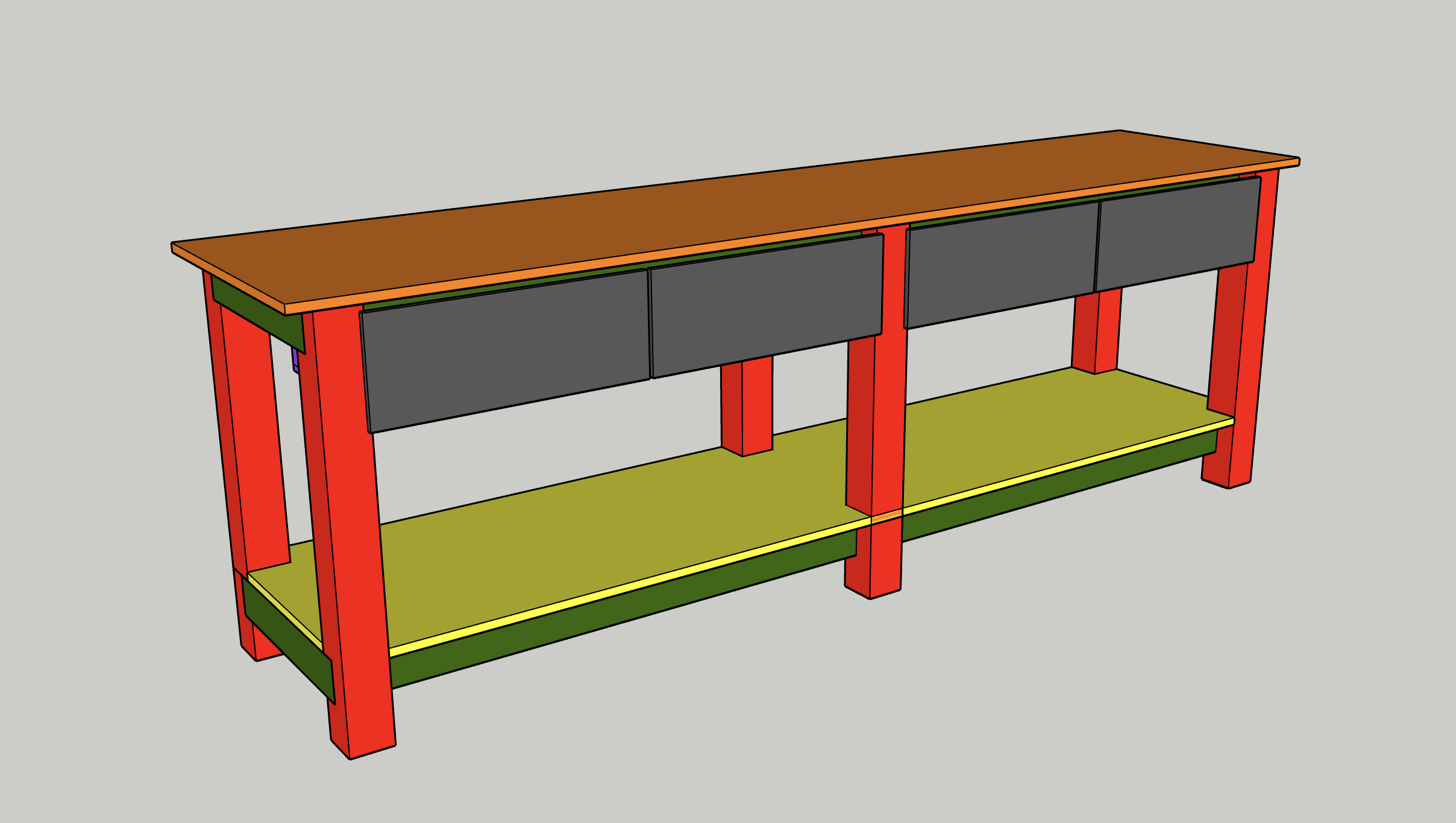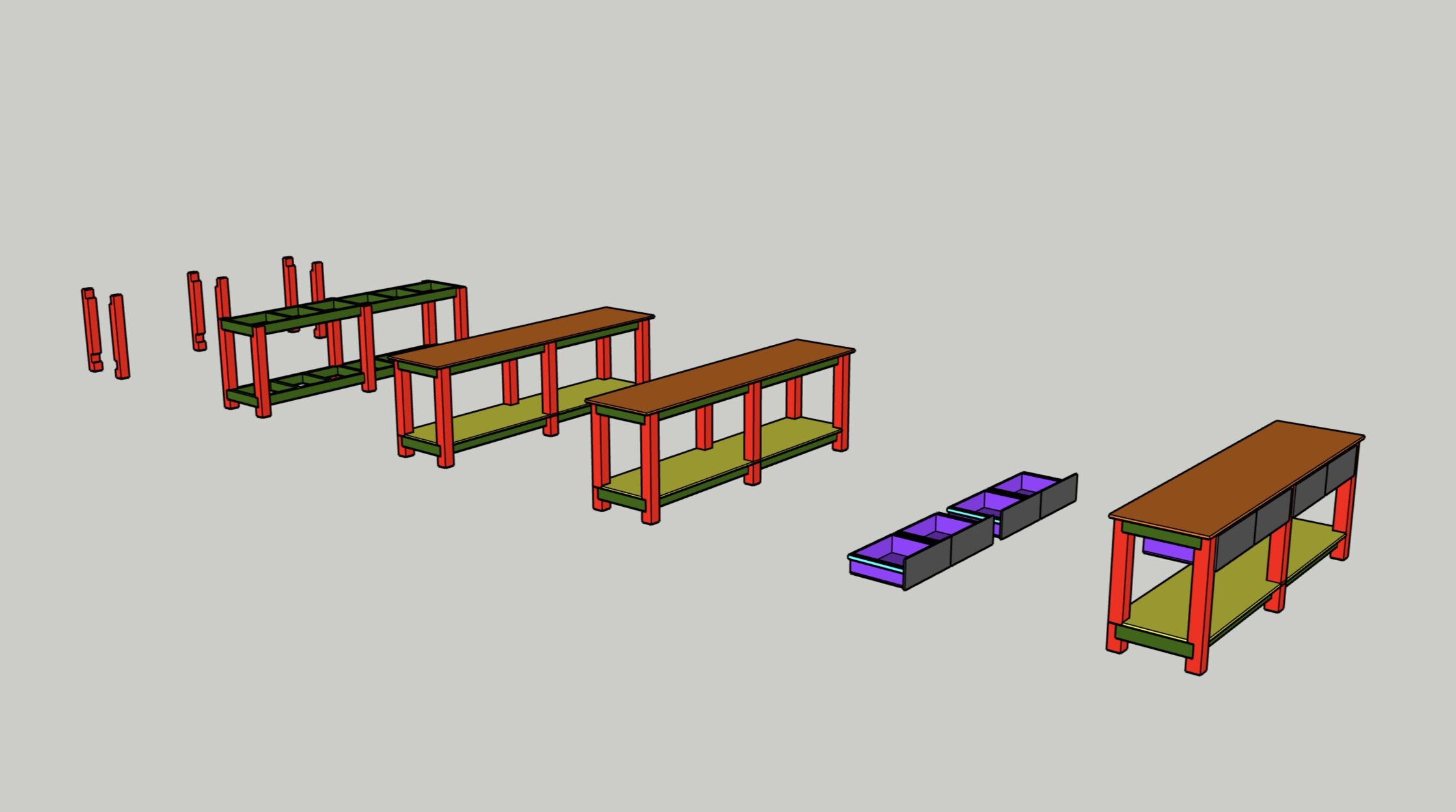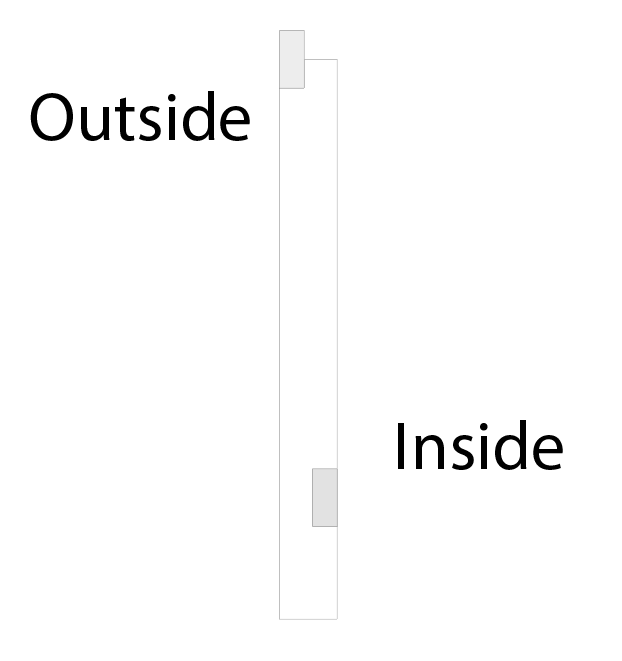My parents have a home in Big Bear, California. I wanted to design and build them something special for the house, so I built a minimalist wooden map of Big Bear Mountain. Hope you like!
MATERIALS
4/4 Maple (the map is 28” x 28”)
Darker wood for border (I used Ipe)
Paint (I think I used acrylic?)
Wood glue
Clear coat finish (Tung Oil in my case)
TOOLS
SAWSTOP Contractors 30” Saw: https://amzn.to/2Luh91q
Power Drill: http://amzn.to/2q1l5wn
Impact Driver: http://amzn.to/2q1l5wn
Miter Saw: http://amzn.to/2q1klHw
Miter Saw Stand: http://amzn.to/2p1072e
Belt Sander: http://amzn.to/2p1j4BF
Orbital Sander: http://amzn.to/2oICOaP
Thickness Planer: http://amzn.to/2u7YrmK
Plunge Router: http://amzn.to/2p15eiC w/V-Carve Bit
Router Table (full set up from Rockler) w/Rabbeting bit
Biscuit Jointer: https://amzn.to/2BkCWER
Lots of clamps
I designed the entire minimal looking map to scale in Illustrator. Take a look at the video for more detail on this - but here are a few photos of my process. I think it’s super cool!
I’m using 4/4 maple for the main component of the project. The lumber was S2S, so step 1 was measuring out the width of each piece and cutting it to size on the table saw to establish straight edges.
Once my wood was milled up, I could mark out locations for biscuits on each piece and get to work. I had never used one of these before, so I did a few test cuts before moving to the main piece. Then, I could add glue to each piece, add the biscuit, and clamp up. My goal was just to keep as flat as possible. I wish I had a drum sander!
The next day, once everything was dried, I could use my belt sander with some heavy grit paper and remove any excess glue. Off camera, I had used a wet clothe to remove excess glue - I actually don’t recommend this; it makes it harder to remove the glue the next day as it will dilute and seep into pours. I then used my track saw and table saw to cut it to size.
Off camera, I printed out my template to scale, which I believe printed out across 6 pieces of paper. I then used spray adhesive to adhere it to the wood surface for me to trace.
I’m using a V carve bit for this project. It was the thinnest bit I could find and what I could do is lower the plunge router in very small increments and test on a scrap piece, figuring out the right depth to get the cleanest lines possible. Then I got to work. I thin routing the map took about 7 minutes and took a single pass given how little material I was using, and another 15 to do all of the letters.
Obviously, a CNC could do all of this for you if you have one, and probably cleaner. I then removed the template using acetone to dissolve the glue, followed by a round of sanding at 120 grit with the orbital sander.
Once the routing and sanding was done, I then could get to work painting. In reality, I was always going to sand down this surface again, so spray paint could have worked too. I chose to use acrylic paint since I had a variety of colors and could pretty quickly fill in all the lines. I took my time on this. Made for less sanding later…
I then sanded down all the surfaces to remove any spill over paint and clean up the wood, followed by routing a chamfer along the top edges.
I wanted the map to have a contrasting boarder that it could be recessed into. I have some Ipe hardwood that is tongue and grooved and has grooves underneath. I took that material over to the planer to remove the underside grooves, followed by ripping off the tongue and groove and then ripping to width on the table saw. I then could route out the recess at the router table. Ipe is insanely messy - my dust collection barely helped with the fine dust powder.
Once routed and the corners miter’d, I assembled the pieces on a set of bench cookies and using a strap clamp with just some wood glue, followed by adding glue to the rabbit and dropping in the final map. Then, I could clamp it using a few squeeze clamps.
To hang the piece, I grabbed a scrap 1x6 and cut it into a french cleat system. I attached the one french cleat portion to the rear of the map using glue and brad nails, and use some spacer blocks at the bottom so it would sit evenly on the wall. I could then screw in the opposite french cleat to my wall with some wood screws and drop the map into place. All done!
Thanks for reading - make sure you check out the video in the first step on my YT channel!
See you around!
Zach



































































































































































































